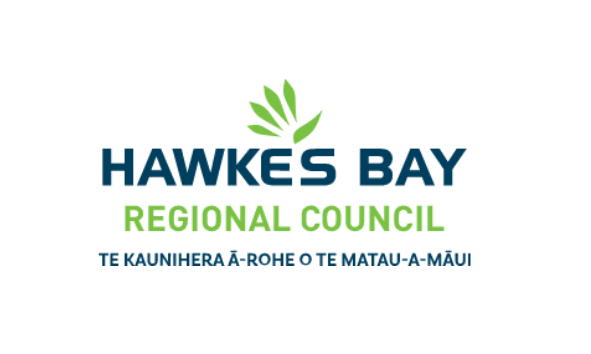Here’s my contribution, with February’s monthly rainfall compared to normal and Bridge Pa’s soil moisture levels attached.
Ex-tropical cyclone Gabrielle broke rainfall records as an individual event and was the crescendo to a pattern of weather that continues to break records. February’s rainfall was higher than previously recorded at almost all our rain gauge sites, so too summer rainfall. That’s not surprising when January’s rainfall was 400% above normal and February’s rainfall was about 500% above normal. There were a few spots, such as Glengarry, where the month’s rainfall was 900% above normal. It’s all part of a run of at least 7 months of wetter than usual weather.
February’s river flows exceeded normal flows for the time year by more than 1000%. Groundwater levels were at record highs for the month and our soil moisture sites were saturated. February’s soil temperature was below average and ended the month on 19⁰C on the Plains. Air temperatures were colder than usual during the day and warmer than usual during the night, which is to be expected when the skies are blanketed with cloud.
It seems the La Niña is over – we have gone into neutral conditions. I feel like shouting it from the rooftops because it’s given us such a hard road. The effects may linger a little longer but seasonal forecast models look more varied in their predictions. Some models suggest drier than normal conditions over the next three months and others normal rainfall or wetter than usual. We’ll settle for near normal rainfall. Sea level pressure is predicted to be lower to the northeast of New Zealand and higher to the south so our winds could have a southerly component to them, though temperatures are still expected to be relatively warm compared to normal.
There is the prospect of an El Niño developing later in the year and the region facing weather completely opposite to what we’ve endured for months on end.
Percentage of Normal Rainfall


Dr Kathleen Kozyniak
Principal Scientist Air
Hawke’s Bay Regional Council






